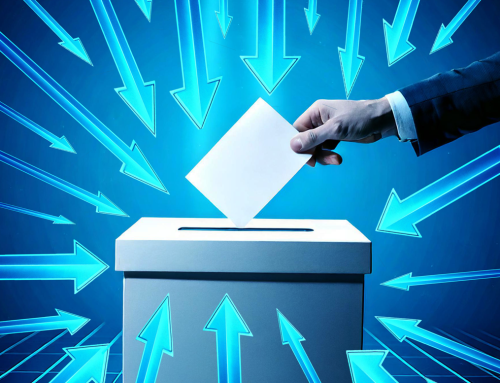ASD’s Elections Integrity Fellow David Levine and the Bipartisan Policy Center’s Director of the Election Project Matthew Weil identify 20 ways states could further protect the 2020 presidential election with additional funding.
Introduction
At the end of 2019, the federal government appropriated for states $425 million in Help America Vote Act (HAVA) election security grants to improve the administration and security of federal elections. These grants followed $380 million provided to states at the beginning of 2018. Since these funds were allocated, there has emerged a consensus that states should spend at least a portion of the money on securing the 2018 midterm and 2020 presidential elections in an effort to prevent a repeat of Russia’s interference in the 2016 presidential election.
Then, the coronavirus pandemic came ashore in the midst of our presidential primary. It led some states to begin using previously appropriated election security funds to cover unanticipated costs stemming from the virus, such as preparing for a surge of mail-in ballots, buying protective equipment for poll workers, and disinfecting voting machines. Wisconsin’s last-minute decision to hold an-in person presidential primary election on April 7th—which resulted in mass confusion, thousands of voters waiting in hours-long lines, problems adapting to the surge in absentee ballot requests, significant shortages of both poll workers and polling places, and many voters and poll workers testing positive for coronavirus—may lead more states to use election security grants for virus-related election preparations.
Modifying election plans to account for coronavirus is understandable and essential. However, drawing on pre-existing election funding to address these modifications presents a particular dilemma: ahead of the presidential election, our nation’s election infrastructure is not yet fully secure, while America’s adversaries continue to possess the capabilities to exploit technical deficiencies and to try to influence public sentiment and shape voter perceptions. In March, the federal government allocated $400 million to help states bolster their efforts to ensure the integrity of the upcoming 2020 elections in response to the coronavirus—an important first step.
However, as a bipartisan group of secretaries of state recently acknowledged, states will need much more dedicated election security funding to prepare for the remaining 2020 elections, including defending the presidential election against attempts to undermine it.
This paper, 20 for 20, provides 20 ideas that more states could implement to help further protect the 2020 presidential election with additional funding. Some ideas are based on successful practices states developed using previous federal funds, while others are based on feedback from voters. Additional ideas came from local election officials, as well as others with relevant experience, such as the members of the Election Infrastructure Security Subsector Government Coordinating Council (EIS GCC), which developed a document this March on how state election officials can use the 2019 funds more broadly. These ideas illustrate what election officials have been doing—and can hopefully continue doing—to protect the 2020 presidential election from foreign adversaries, as well as other ideas for final preparations before the voting commences.
Please click the link to the right to read the rest of the report.





